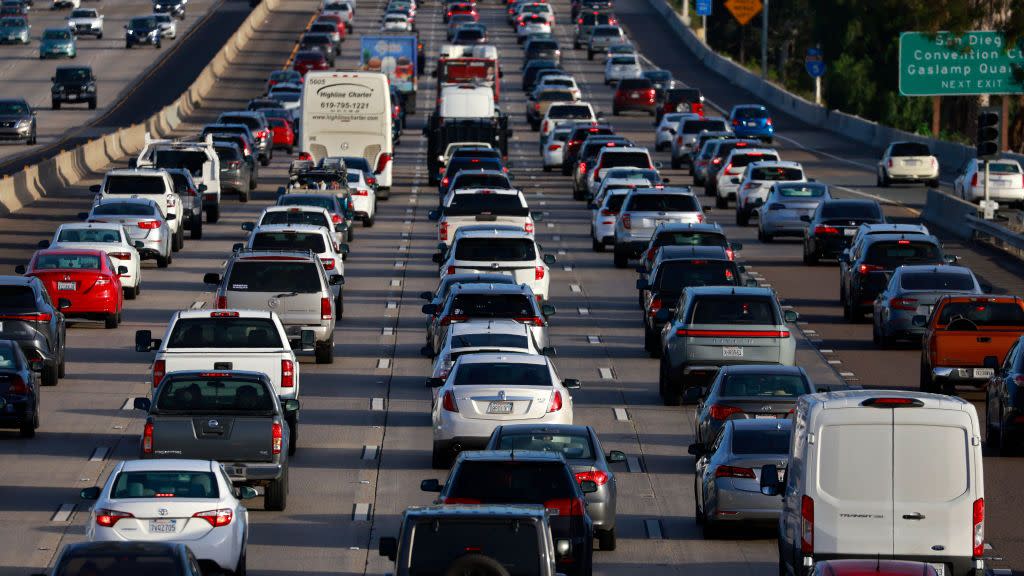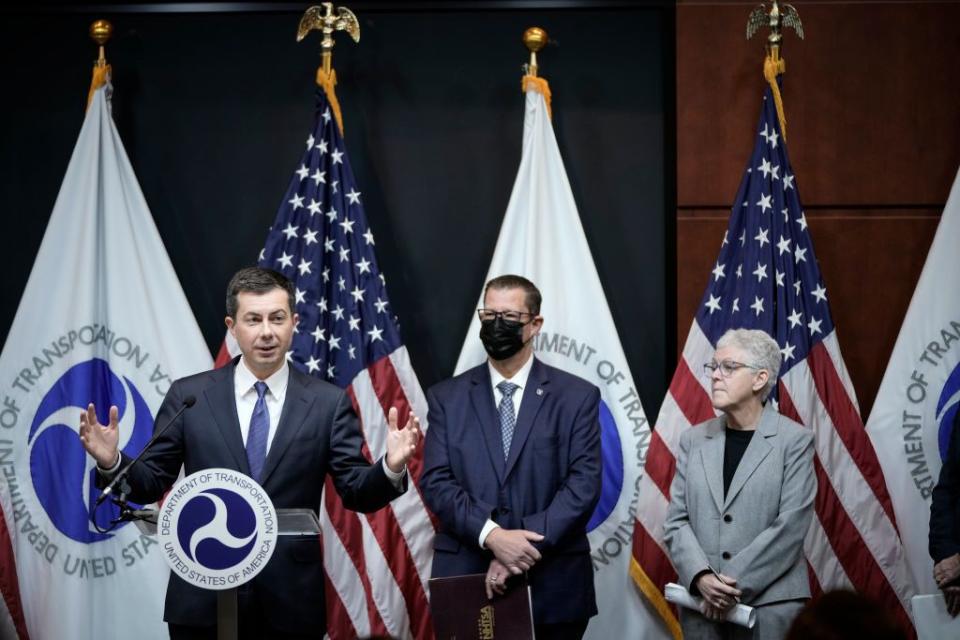Feds Mandate Automatic Emergency Braking by 2029

It's not an exaggeration to say that cars are getting more advanced with each model year. From questionable infotainment growth to semi-autonomous driving technology, manufacturers are adding features in each cycle, and often charging for them, too.
However, automatic emergency braking systems will be a federally mandated standard... by 2029. Following the finalization of a new Federal Motor Vehicle Safety Standard, the National Highway Traffic Safety Administration is announcing the new safety standard for all passenger cars and light trucks by September 2029.

Notably, the federal standardization of automatic emergency braking systems includes pedestrian-identifying emergency braking, too. Once implemented, the NHTSA projects that this standard will save at least 360 lives a year and prevent at least 24,000 injuries annually. Specifically, the federal agency claims that rear-end collisions and pedestrian injuries will both go down significantly.
"The new vehicle safety standards we finalized today will save hundreds of lives and prevent tens of thousands of injuries every year," said U.S. Transportation Secretary Pete Buttigieg.
Come 2029, all cars must be able to stop and avoid contact with a vehicle in front of them at speeds up to 62 mph. Additionally, the system must be able to detect pedestrians in both daylight and darkness. As a final parameter, the federal standard will require the system to apply the brakes automatically up to 90 mph when a collision is imminent, and up to 45 mph when a pedestrian is detected.
"Automatic emergency braking is proven to save lives and reduce serious injuries from frontal crashes, and this technology is now mature enough to require it in all new cars and light trucks. In fact, this technology is now so advanced that we’re requiring these systems to be even more effective at higher speeds and to detect pedestrians," said NHTSA Deputy Administrator Sophie Shulman.
While this move towards enhanced roadway safety is admirable, the rollout will take over 5 years. Similarly, recent testing from the Insurance Institute for Highway Safety concluded that not all automatic emergency braking systems are built the same. Under stricter scrutiny, only a handful of models' systems were able to properly detect motorcycles while others failed to slow sufficiently in testing.
The NHTSA and the Federal Motor Carrier Safety Administration are also looking into mandating that heavy vehicles, including tractor-trailers, have automatic emergency braking systems installed.
You Might Also Like

